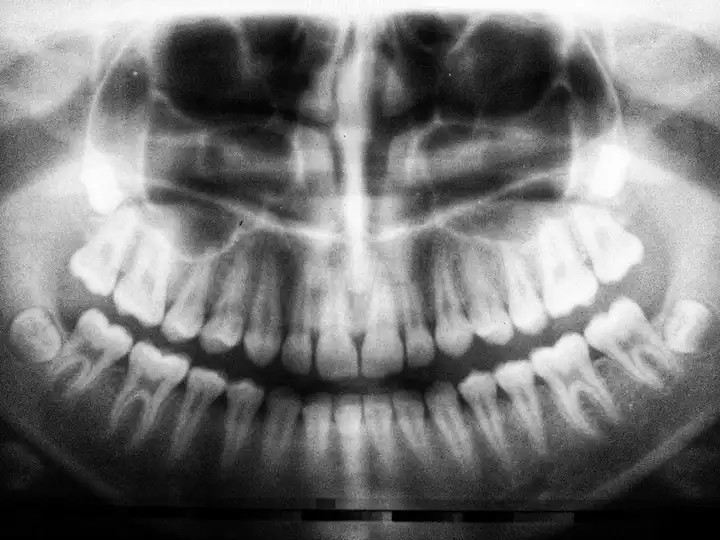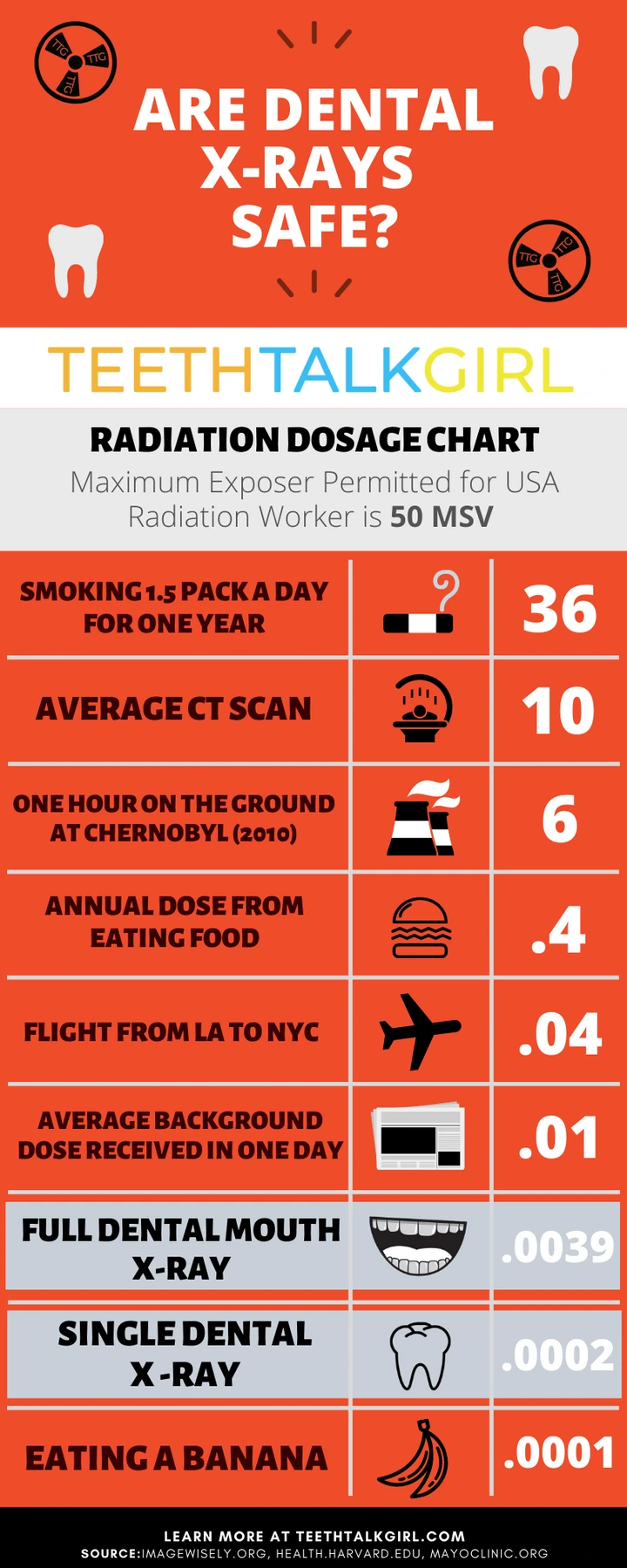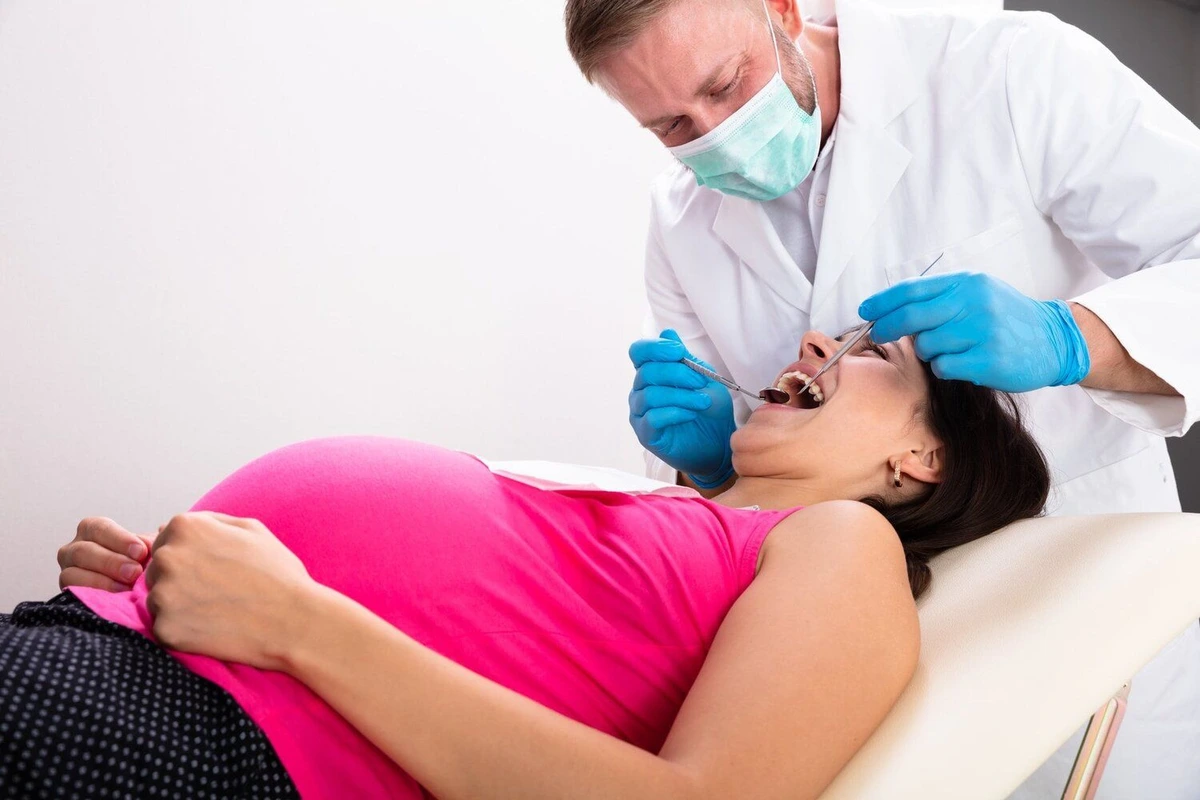Dental X-rays While Pregnant - Are They Safe?


If you’re expecting – congratulations – this is such an exciting time. It’s also a period where a lot of women start to reflect on how well they care for themselves, because of the impact that their lifestyle has on their baby. One of those habits is keeping up with your routine dental care!
Is It Safe To Receive Dental X-Rays While Pregnant?
One of the things that’s changed about dental X-rays over the last couple of decades is how much radiation is used. Most dentists have switched to digital radiography systems, which use as much as 90% less radiation than the types of X-rays 20-30 years ago. But even then, dental X-rays were extremely safe because of the type of equipment and filtration that was used.
Still, one of the rules of thumb when taking X-rays is to use the ALARA method: as low as reasonably achievable. That doesn’t just go for taking dental X-rays while pregnant, it’s the same for everyone.
To prevent any exposure to your baby or your vital organs, your dentist will use a lead apron to blocks out scatter radiation while the X-ray is taken. Generally speaking, the amount of radiation that’s used for a full mouth series of X-rays is less than you would be exposed to on a flight from coast to coast. It’s that low.

Are All X-Rays Safe While Pregnant?
But most of the time, taking dental X-rays while pregnant will be reserved for situations such as toothaches, abscesses, or obvious dental pain in a specific tooth. If that’s the case, a smaller “PA” (individual tooth X-ray) is usually all your dentist needs to make a proper diagnosis.

Is All Dental Work Safe When Pregnant?
Just like getting dental X-rays when you’re pregnant, the type of dental work you get will be a “pick and choose” type of scenario until after you’ve had the baby. Since it’s important for your gums to stay healthy, you can schedule regular cleanings as long as you’re comfortable enough to lay back in the chair. For most women, that’s somewhere around their middle trimester (after morning sickness has usually passed and before their bellies grow much larger.)
Outside of preventative care, your dentist may recommend delaying non-emergency restorative treatment unless there’s a chance your tooth could fracture or abscess. If that’s the case, they’ll use a special anesthetic that doesn’t have epinephrine, making it safer for your baby.
The Risk To The Baby?
Research shows us that serious dental infections can pass bacteria through the placenta and to your child. So, if you have a serious dental problem or are in pain, be sure to have it checked out by your dentist. Taking a single X-ray or treating your tooth won’t hurt your baby but putting treatment off could.

Make your inbox smile!
Subscribe






